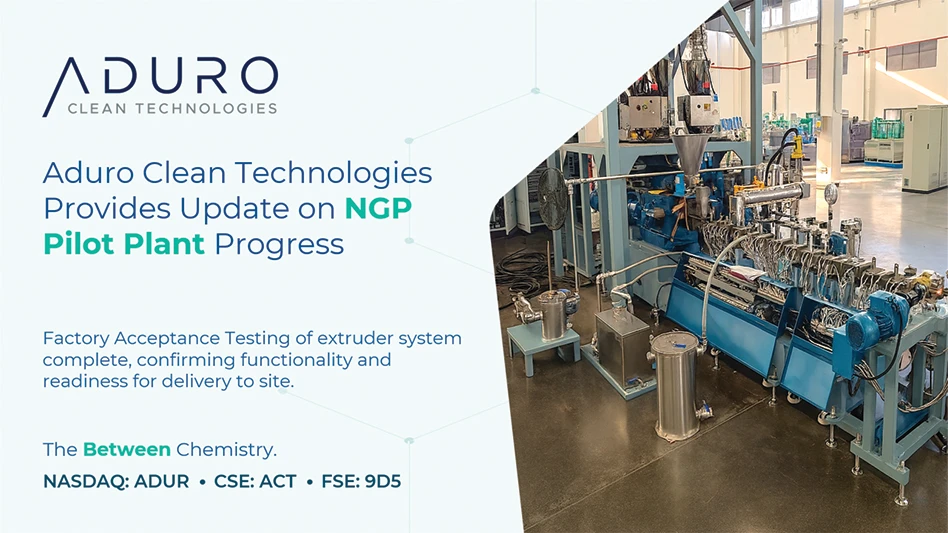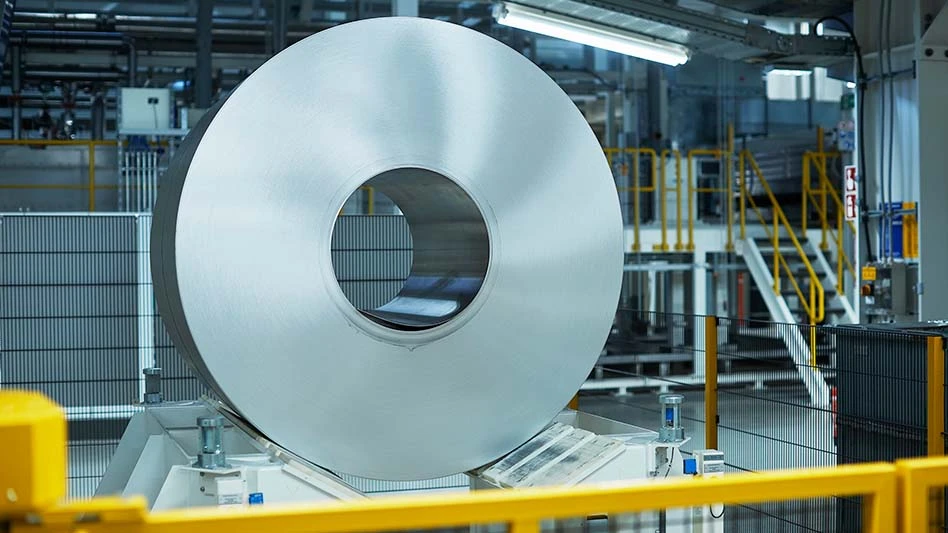

Do good for the environment: A new study of U.S. consumer behavior points to this as the top motivator for recycling.
Sonoco, based in Hartsville, South Carolina, commissioned this study from Mt. Laurel, New Jersey-based market research firm AYTM to determine how much information consumers want about recycling. With accurate recycling information easily accessible online, we wanted to clarify what kinds of recycling information consumers deem helpful.
The study revealed that consumers are informed about the impact of recycling and care about sustainability but find recycling properly to be challenging. While 64.7 percent of consumers participate in residential recycling, only 49.7 percent of respondents say they recycle familiar consumer packages.
How can companies make recycling easier? This study explores some possible solutions.
Doing good for the environment
Respondents were asked to rank the following as their reasons for recycling from most to least important:
- it’s good for the environment;
- to reduce waste to landfills;
- to preserve natural resources;
- to reduce global warming; and
- recycling makes me feel good about myself.
Approximately 35 percent of consumers surveyed ranked doing good for the environment as their most important reason for recycling, while 30 percent ranked reducing waste to landfills as their most important reason for recycling.
The study shows consumers are eager to care for the environment and take action by recycling. When given current and accurate recycling information, they could serve as role models, recycling educators and brand ambassadors to other consumers. Their actions can serve as a partnership with companies that place a priority on environmental stewardship. When informed about their local recycling guidelines, consumers can help reduce waste sent to landfills. Their actions can help them contribute to their local community and the environment in meaningful ways.
Recycled packaging makes a difference
Slightly more than 84 percent of respondents want everyday consumer packages to be recycled, even if the recyclable portion is only part of the recovered package. While 50.4 percent of consumers notice labeling illustrations on packaging, 67.1 percent claim they would follow the steps to recycle if they saw these labels.
Instructions on what items are accepted at recycling facilities can help consumers make responsible recycling decisions. They want current and clear information that helps them confidently recycle all types of packaging, from water bottles to coffee canisters. Each item properly recycled helps consumers practice their care for the environment.

Consumers want updates on recycling guidance
Slightly more than 66 percent of respondents wish they had one to four reminders per year about recycling guidelines, with the majority (22.7 percent) desiring two reminders per year.
With recycling options expanding in residential areas, the study shows consumers want to be updated on their options to ensure they can do their part. Providing newsletters, emails or other forms of communication about local guidelines can prevent barriers to recycling packaging for everyday goods.
Consumers prefer more detailed recycling guidance
More than 53 percent of respondents prefer detailed guidelines on recycling everything they possibly can, while 33.1 percent prefer for more moderate guidance and 13.8 percent say they want simple guidance.
Consumers care about recycling and wish to make informed decisions about what they do and do not recycle. Deciding to reduce waste in landfills, preserve natural resources and reduce global warming matters to them. Detailed guidance not only helps them stay informed but also enables them to better care for the environment.
The consumer’s role in recycling is key to the process. “The consumer is a key partner in driving increased recyclability of all packaging,” says Elizabeth Rhue, vice president of global environmental, sustainability and technical services at Sonoco. “The insight we gain from consumers helps the packaging industry and municipalities understand how we can better educate the consumer both on-package and through recycling guidance distributed by their local communities to help consumers make better decisions about recycling.”
If companies and municipalities wish to align themselves with sustainability initiatives and increase recycling in local communities, we recommend incorporating sustainability messaging along with these practices:
Sponsored Content
Screen Smarter, Process Faster with GK’s FINGER-SCREEN FreeFlow™!
Upgrade to the next level of material separation with the FINER-SCREEN FreeFlow™ —built for efficiency, durability, and maximum throughput. With no bottom pan to clog, it handles bulky and wet materials effortlessly. Minimize jams, maximize uptime, and boost productivity. Optimize your operation today!
- Visible and clear recycling labeling on packages. Clearly labeling each product packaging with detailed guidance meets consumers desire to recycle properly. Placing recycling labels in easily visible locations on packaging matters. By doing so, companies can better support customers as they choose the most sustainable option from an array of products. Making recycling labels legible with appropriately sized words and easy-to-read formatting helps them make everyday shopping choices more quickly. Using understandable, clear language can empower customers to recycle packaging accurately.
- Explain how recycling acceptance lists improve recycling rates. Sharing current, local recycling guidelines with consumers can reveal how their actions make a difference. Detailed and current recycling information keeps consumers informed about how their recycling efforts benefit the local community. Disseminating recycling acceptance lists through in-person or virtual educational presentations can position municipalities as a partner. Additionally, broadcasting or publishing these lists through local news channels can position municipalities as a knowledge resource on recycling best practices.
- Frequent and detailed recycling guidelines. Providing consumers with informative recycling guidelines helps them know what and how to recycle. In turn, they could feel motivated to support companies that use packaging that can be recycled locally. Giving consumers detailed recycling guidelines, municipalities can help consumers understand how to contribute in ways that make a difference in their local and global communities. Frequently sharing recycling guidelines gives consumers the confidence that they’re recycling each item properly and reducing waste to local landfills.
Working together, municipalities, companies and consumers can help increase recycling rates and expand the list of recyclable materials.
“From a material recovery facility [MRF] operator perspective, it’s as important for consumers to know what is not recyclable as it is to know what is recyclable,” says Palace Stepps, vice president and general manager of paper and fiber supply at Sonoco. “The items that are not recyclable that come through MRFs create ... ‘burden depth,’ or an increase in the total volume of material that requires sorting to identify and collect the recyclable items. It’s important there be ongoing communication between MRF operators, the municipalities they serve and the recycling citizens in those municipalities to ensure there is maximum capture of recyclable materials.”
With proven industry expertise and experience, Sonoco is partnering with companies and municipalities just like yours to help increase recyclability as they progress toward their sustainability goals. For more information about how Sonoco can help your sustainability efforts, contact sonoco.sustainability@sonoco.com.
Get curated news on YOUR industry.
Enter your email to receive our newsletters.

Explore the October 2023 Issue
Check out more from this issue and find your next story to read.
Latest from Recycling Today
- EU enhances CBAM through new legislative measures
- Plastics treaty talks end with no agreement
- Comstock Metals shares solar recycling plans
- Longtime Tennessee metals recycling site poised for redevelopment
- ASTM proposes standard for recycled-content carbon black
- Advocacy group offers unflattering chemical recycling portrayal
- DOE grants emphasize battery materials recycling
- ConExpo registration process underway









